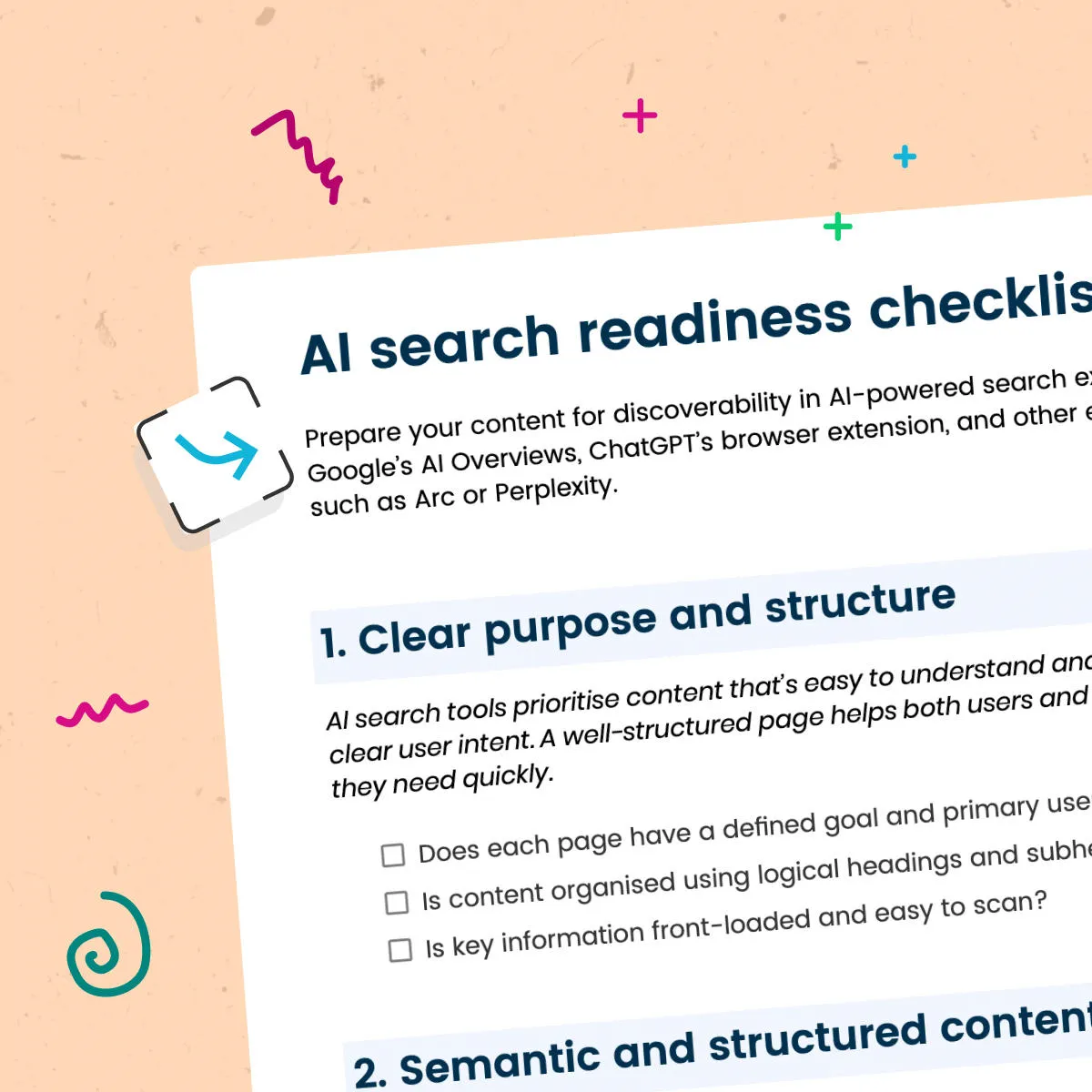What is composability?
Composability is an approach to software development that allows organisations to build complex systems by combining smaller, independent modules. This method emphasises reusing existing components, reducing repetitive tasks, and streamlining maintenance, ultimately enhancing team efficiency and responsiveness.
Core principles of composability
Modularity
Modularity involves breaking software systems into smaller, self-contained components. Each modular component serves a specific function and can be reused across multiple projects, significantly reducing development time.
Interoperability
Interoperability describes how effectively different software components communicate with each other. By following clearly defined interfaces, common standards, and APIs, composable systems become more versatile and easy to integrate.
Discoverability
Discoverability supports developers in quickly identifying and reusing existing components, accelerating the development process and enabling efficient innovation.
Key characteristics of composable systems
Scalable and agile
Composable systems rapidly adjust to changing market demands and organisational growth. They scale efficiently by adding resources or new features, allowing seamless adaptation as business needs evolve.
Headless CMS: A headless content management system (CMS) is a content repository which enables content to be delivered via an API to any device, unlike a traditional CMS – in which content and front-end code are closely tied together, making content difficult to repurpose. With a headless CMS, while your content is stored in the CMS, the code that runs your website or app is stored separately, usually in a distributed repository. Because a headless CMS keeps your content separate from your code base, it also allows developers to follow continuous delivery practices, such as version control and automated testing to release features faster and more safely.
Cloud-native design
Composable infrastructure aligns with cloud-native environments, delivering improved performance, greater efficiency, and cost savings. Cloud-native designs simplify the management of modular components, allowing organisations to maintain competitiveness.
Benefits of composability
Faster speed to market
Composable systems help teams swiftly create digital experiences by assembling pre-built, tested, reusable components. This significantly reduces development time, enabling developers to focus more on innovation, design quality, and user experience.
Take a university admissions team, for example. With a composable setup, they can quickly spin up a landing page for clearing without waiting on full development cycles—simply reusing content types, forms, and media assets that already exist.
Increased resilience
A composable architecture enhances system resilience. Issues within individual modules do not disrupt the entire system, resulting in less downtime and a better user experience.
For councils managing citizen-facing services, this means that if one part of the site— for example, a waste collection booking form—has a technical issue, the rest of the site continues to function normally.
Cost effectiveness
Composable systems drive cost savings by emphasising the reuse of existing software components. They simplify digital infrastructure management, reducing both operational and maintenance costs.
Implementing composable systems
Assess your existing architecture
Examine your current software architecture to identify opportunities for modularisation. Understanding component dependencies simplifies transitioning to composable systems.
Define standards and guidelines
Establishing standards for interfaces, data formats, and communication protocols facilitates integrating and reusing components within composable systems.
Use clearly defined interfaces
Components should communicate through clearly defined interfaces rather than tightly linked connections. This structure facilitates easier system maintenance and future adaptability.
Composability and modern technologies
Composability supports traditional technologies and lays the groundwork for emerging tools like AI to fit neatly into your digital setup.
Machine learning
Machine learning enhances composable systems by providing data-driven insights, personalised content recommendations, and optimised user experiences.
Content management
Composable content management platforms enable rapid, consistent content creation and easier maintenance. APIs support reusable components across various applications, making content management more adaptable. Additionally, composability supports the creation of engaging experiences such as dynamic landing pages, which can be easily managed and updated through headless CMS platforms like Contensis.
API: An application programming interface, or API, is a software interface that connects an application with other applications and services. They are used to communicate, integrate, exchange, and relay data. For example, the Management API in Contensis allows you to import content from your favourite external apps and services such as Google Sheets.
APIs grant access to specific parts of an application – usually the parts that the creators of the application think other developers will want to use – and normally require a unique code, or "key", to work. This increases security whilst reducing the development work required to get data into and out of the application.
AI-driven features
Composability also creates the perfect setup for introducing AI tools. Whether auto-tagging images, generating draft content, powering site search, or offering a chatbot trained on your content, AI features can be treated like any other component. You can plug them in, swap them out, or fine-tune them as your needs change—without rebuilding your system from scratch.
Future-proofing with composability
Composable systems are inherently adaptable, simplifying updates and reducing maintenance effort. Organisations can upgrade or replace individual modules without overhauling the system, keeping it current and competitive.
As new technologies or user expectations emerge, you don't need to start from scratch—just swap or upgrade the parts needing attention.
Real-world applications of composability
Higher education and local government
Many universities and local councils are increasingly turning to composable systems. In higher education, composable architectures help teams smoothly connect various platforms for teaching, student support, and administrative tasks. Local governments find composability useful for managing public services, community websites, and internal processes more efficiently, appreciating how easy it is to scale up, integrate, and save on costs.
Composable Architecture in Action: Blocks in Contensis
Contensis Blocks supports a truly composable approach to building and managing websites. Each Block acts as an independently developed and deployed unit of functionality—such as a landing page, app, or campaign section—that can be managed by separate teams and released on its own timeline. Developers can work in their preferred language or framework, commit code into version-controlled branches, and preview changes in isolation before going live. This modular setup allows organisations to break their site into smaller, manageable parts, giving them the flexibility to ship updates faster, test safely, and roll back changes without affecting the entire system. For universities or councils managing multiple teams and priorities, Blocks helps maintain momentum without compromising governance or stability.
Conclusion
Composability is transforming software development by enabling organisations to create flexible, efficient, and future-proof systems. It's not just about technology—it's about working smarter and faster, whether you're delivering a digital prospectus, a local government service, or a campaign landing page.
If you want to streamline digital delivery and adapt quickly to change, it might be time to explore how composability could work for your organisation.







